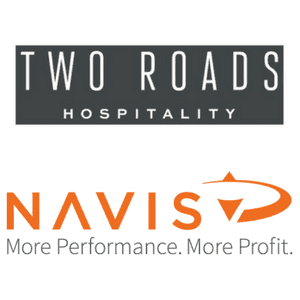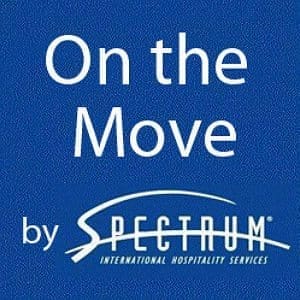To be a successful leader or entrepreneur, we need to become intimate not only with our strengths but also with our blind spots, those aspects of our personality that can derail us. John C. Maxwell defines a blind spot as "an area in the lives of people in which they continually do not see themselves or their situation realistically."
All of us have blind spots. A Hay Group study shows that the senior leaders in an organization are more likely to overrate themselves and to develop blind spots that can hinder their effectiveness as leaders. Another study by Development Dimensions International Inc. found that 89 percent of front-line leaders have at least one blind spot in their leadership skills.
When we're in a leadership position, our blind spots can cause a great deal of damage, not only to our career but to the people who depend on us. How can you avoid this potential pitfall for yourself and your business? These eight tips can help.
1. Raise your awareness of the top blind spots. This Executive White Paper shows the 10 blind spots that are most risky to personal and organizational success. The top three are: under-communicating strategic direction and priorities, poorly communicating expectations, and waiting for poor performance to improve.
Leaders are often surprised when stakeholders complain that there isn't enough communication about the business's vision and strategy. There is a communication gap between what leaders think is enough and what stakeholders need. Communication also extends to one-on-one leadership conversations. Leaders often fail to see the harm that is done to the organization when they consistently avoid having the difficult conversation with a non-performer, hoping the issue will resolve itself.
2. Don't hire in your own image. In the Top Ten Mistakes that Entrepreneurs Make, Guy Kawasaki includes one of the most pervasive blind spots that leaders often have: Hiring people who are like them instead of hiring individuals who have complementary skills. Hiring people who are similar results in organizational weaknesses. As Kawasaki puts it, "You need to balance off all the talents in a company."
3. Establish a peer coaching arrangement. Every leader can benefit from peer coaching with leaders in other organizations. As a business owner, consider peer coaching with a noncompeting business that's the same size. In Five Ways To Find Out What You're Doing Wrong, Les McKeown says, "Most organizational blind spots are size-related, not industry-specific. In other words, your blind spots will have more in common with other businesses of a similar size and age than they will with other businesses in the same industry."
4. Examine your past history. To gain insight into behaviors that may not serve you well, think back on your past successes and failures as a leader. This kind of introspective inventory can yield some powerful insights. What do you need to stop doing? What do you need to do more of? What do you need to start doing?
Click here to read the full article from OPEN Forum.












